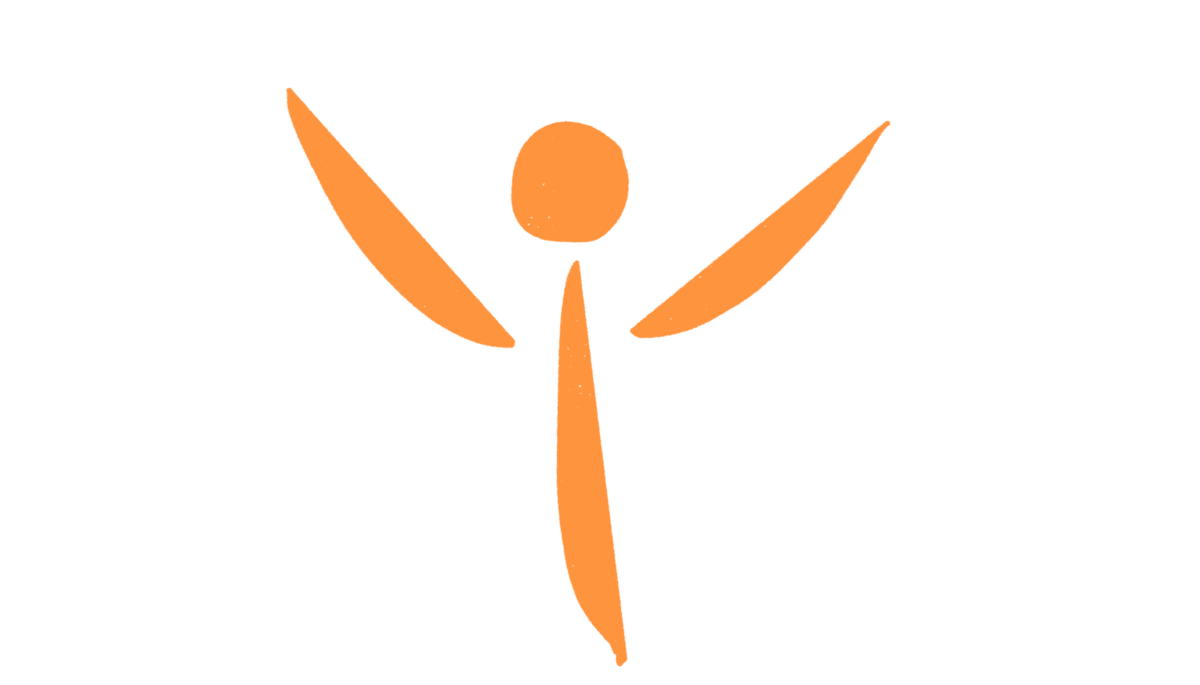More on Representational Systems
Interestingly language gives us some clues about the primary representational system used by ourselves and others. Ever heard the phrases, “Oh I see what you are saying”, “I see what you mean”. At one level it doesn’t seem to make sense how can they see what I’m saying or meaning?
What’s coming through is leaking from their primary representational system, in this case visual. Let’s look at some examples in the following figures.


Figure 1 visual Figure 2 auditory

Figure 3 kinesthetic
When you respond in the moment, what is the prime system V, A, K, you use? Use your ‘Observer’ to notice which system seems dominant?
It may be kinesthetic (feelings) in the moment and perhaps you recall it later using visual.
Knowing for example that you get a feeling, in the moment, can enable you to do something different, ( respond )
When I get this feeling in a meeting I will say something out loud to register my discomfort and buy myself some time, to reflect on how I will respond. e.g. “Er just a moment here, that doesn’t feel quite right, I’d like to reflect on it and come back If I may”
If someone was being annoying in a meeting, what is the prime system you use in recalling that memory?
Using the ‘Observer’ in the moment of making a judgement about a person, which system is dominant?
What would the judgement be if you used another system?
In general, just start to be aware of language used by others and yourself.
Do you have the same preferred representational system as they do? If not can you switch to using their kind of language? That really helps rapport and communication if you match others in language.
Think about a ‘vision’ for yourself. Use each of the representational systems
o What do I see?
o What do I hear?
o What do I feel?
Knowing your preferred representational system and being able to exercise the others, will give you greater flexibility in connecting and communicating.
It will help you enrich your internal experience of reality, the ‘world’ out there. 🙂

